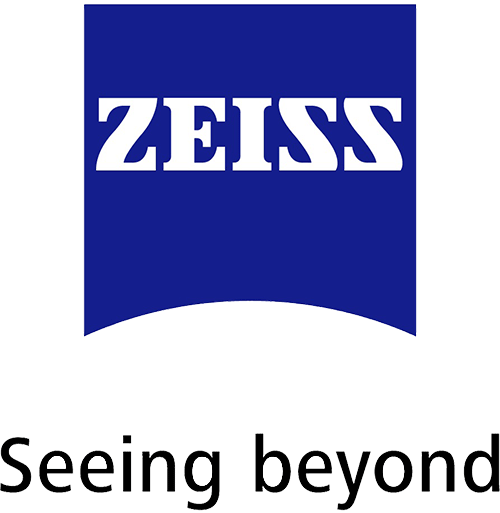Fluorescence microscopy is a powerful imaging technology, from the subcellular domain to whole organisms. The outstanding image contrast achieved by specifically labeling the molecules, organelles or structures of interest makes it the most widely used contrasting method in biological imaging. Building on this, light-sheet fluorescence microscopy (LSFM) – a conceptually new method – was introduced to fluorescence live imaging in 2004.
LSFM employs a combination of efficient illumination for optical sectioning and detection parallelization to make long-term 4D microscopic imaging with minimal phototoxicity and rapid acquisition possible. The process is quick enough to resolve the dynamics of some of the fastest biological processes, such as heartbeat or vascular flow. Entire volume data sets, for instance a map of all cells in an embryo, can be acquired in seconds. An enormous variety of LSFM implementations have been developed, encouraging use in a wide range of biological disciplines from cell biology and neurosciences to plant biology.
This Essential Knowledge Briefing provides a general introduction to the field of LSFM, explaining the technique and its most important adaptations. Examples of LSFM applications are provided, and the briefing also discusses practical issues and potential advances in the near future.

